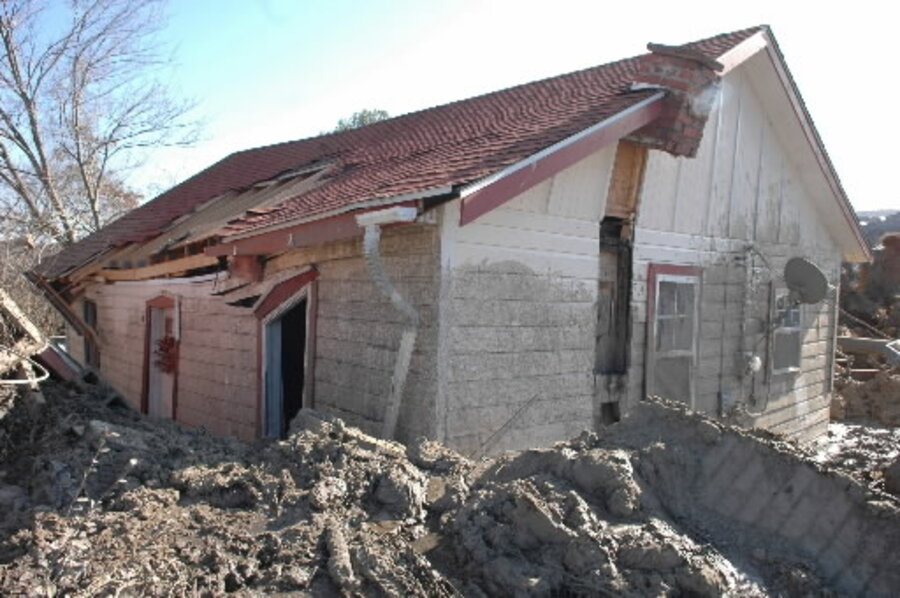Report: Contamination from coal ash waste is worse than EPA says
Loading...
Coal ash waste contamination nationwide is far worse than indicated by a new Environmental Protection Agency tally, with dozens more ash-waste ponds and landfills also leaching toxins into streams and drinking water, a new study finds.
At least 31 “new damage cases” not listed by the EPA in its end-of-the-year tally of 70 coal-ash pollution sites are identified and their pollution profiled in a report released Wednesday by the Environmental Integrity Project and Earthjustice groups.
The groups identified the sites by assembling contamination data from state files using “similar criteria” to those sites the EPA had already identified, the report says. Arsenic, selenium, and boron were among the dangerous chemicals found to have “migrated off” nearly half of the 31 sites where coal-fired power plants store their coal ash.
Some drinking water contaminated
Contaminated water from coal-ash chemicals was found to be washing into streams and leaching into groundwater, including drinking water supplies. The sources were found to include many “dry landfill” and “structural fill” (areas where coal ash is seen as beneficial) ash impoundments, not just the wet retention-pond-type fills used by the Tennessee Valley Authority’s Kingston plant, which spilled an estimated 1 billion gallons of sludge across 300 acres of rural Tennessee just over a year ago.
Every year, the roughly 400 coal-fired power plants in the US produce about 140 million tons of scrubber sludge, fly ash, and other wastes. A fraction of that waste can be used in products like concrete. The rest goes into landfills and retention ponds.
The 31 identified sites are spread across 14 states, including Delaware (1), Florida (3), Illinois (1), Indiana (2), Maryland (1), Michigan (1), Montana (1), Nevada (1), New Mexico (1), North Carolina (6), Pennsylvania (6), South Carolina (3), Tennessee (2), and West Virginia (2). But even the higher total of 101 major coal-ash sites leaking toxins may only hint at a larger problem, some say.
'There are hundreds of leaking sites'
“While the catastrophic spill at TVA’s Kingston plant has become the poster child for the damage that coal ash can wreak, there are hundreds of leaking sites throughout the United States where the damage is deadly, but far less conspicuous,” said Jeff Stant, who led the investigation for the Environmental Integrity Project, in a statement.
Mr. Stant and other report authors said in a teleconference that federal policy, which puts states in change of determining how to regulate coal ash, has “failed” and that it is time for the US government to regulate coal ash as a hazardous waste.
The groups called also called on the White House Office of Management and Budget (OMB) to “stop sitting” on its review of a coal-ash contamination rule and allow the EPA to begin addressing the problem.
But many business groups and members of Congress say federal regulation is a bad idea that would harm the economy and businesses that use coal ash. In a letter this month to Peter Orszag, director of the OMB, Rep. Jerry Costello (D) of Illinois and seven other lawmakers called on him to “consider the impact the regulation of CCBs [coal combustion byproducts] will have on jobs and the economy in Illinois.”
“A lot of people are claiming that if coal ash is not regulated as a hazardous waste at the federal level, then it’s not regulated,” Jim Roewer, executive director of the Utility Solid Waste Activities Group told the Monitor after the Kingston spill last year. “States do have programs, and they aren’t static and have become more stringent over time.”
The EPA has yet to respond to questions posed by the Monitor.





